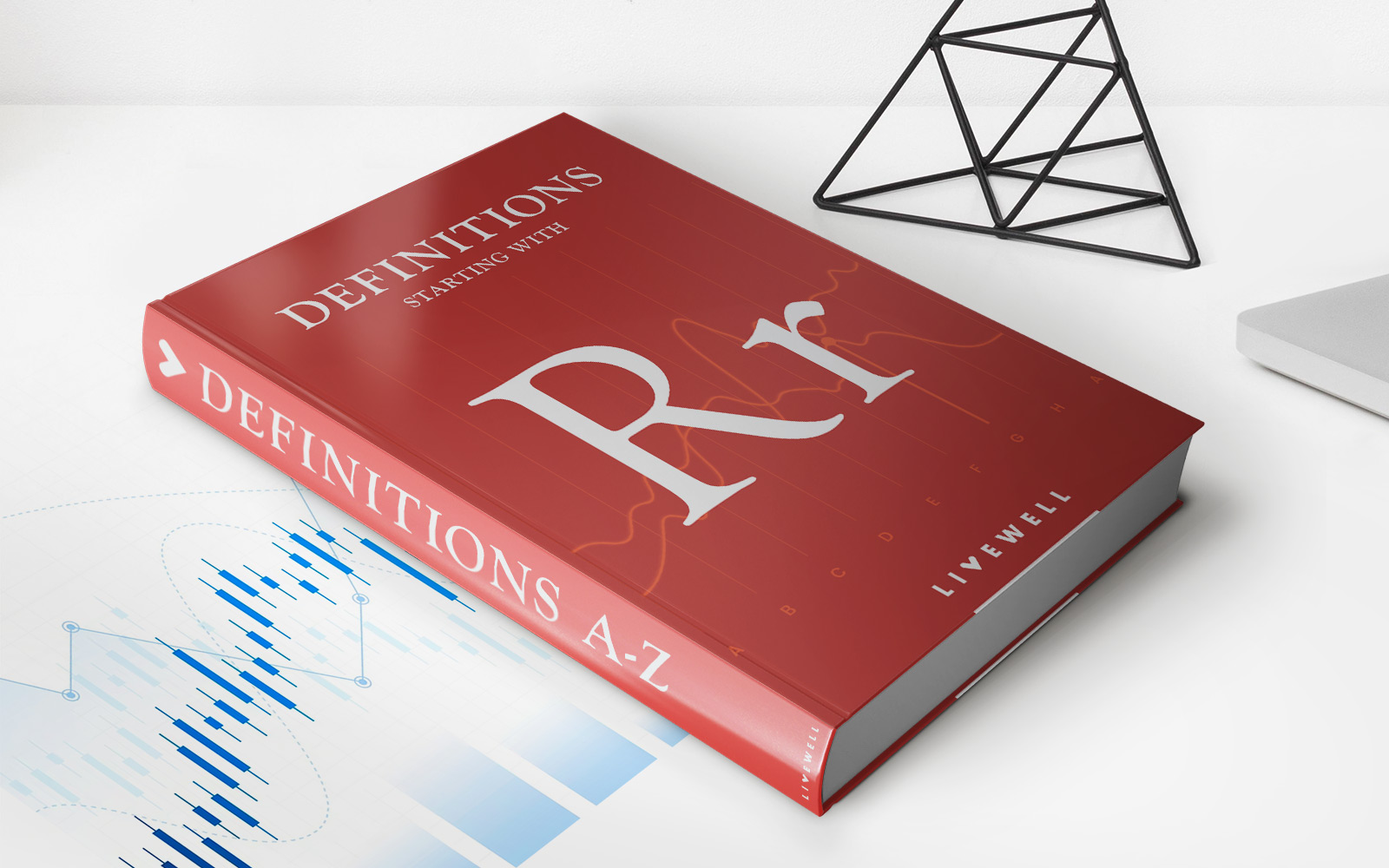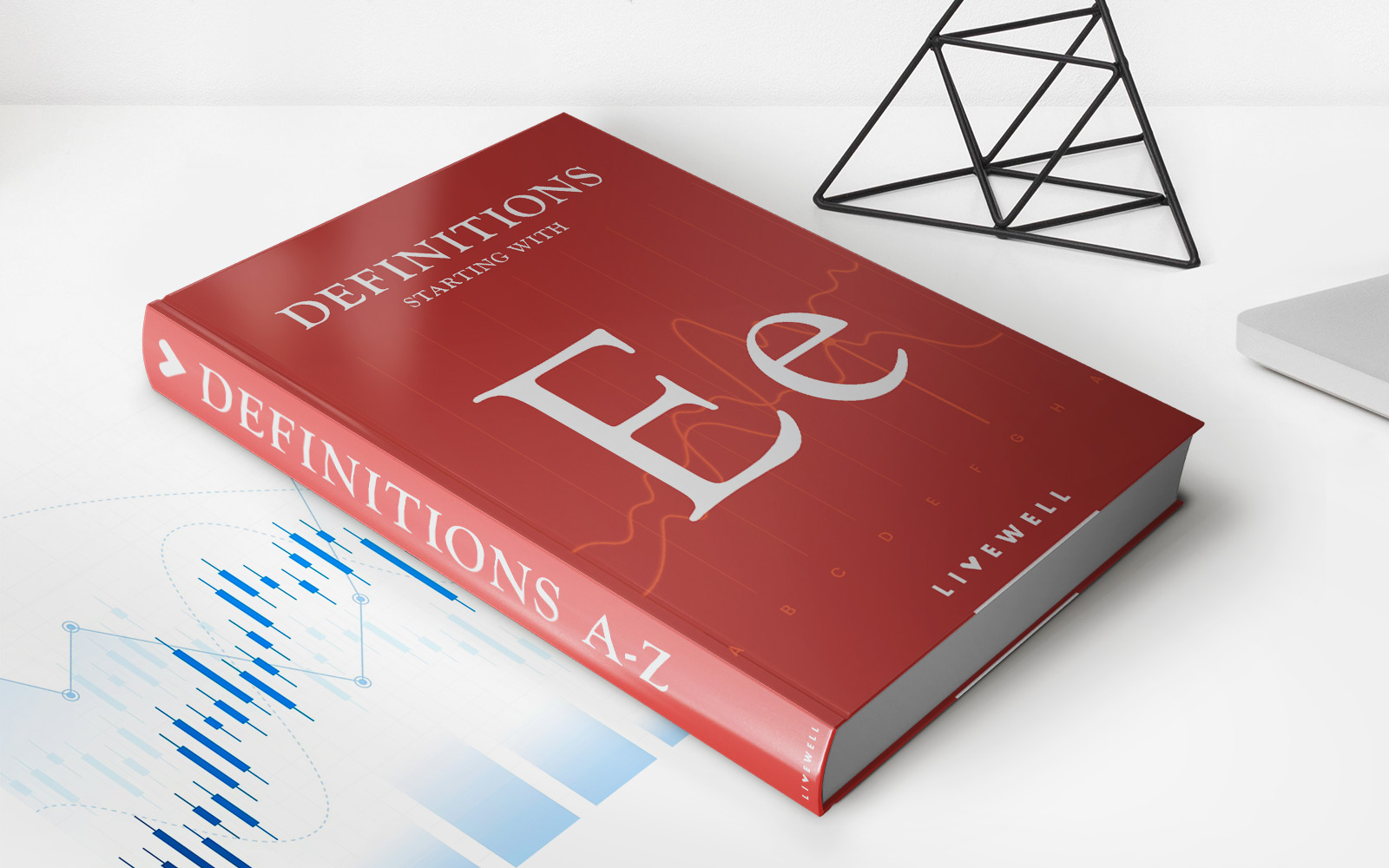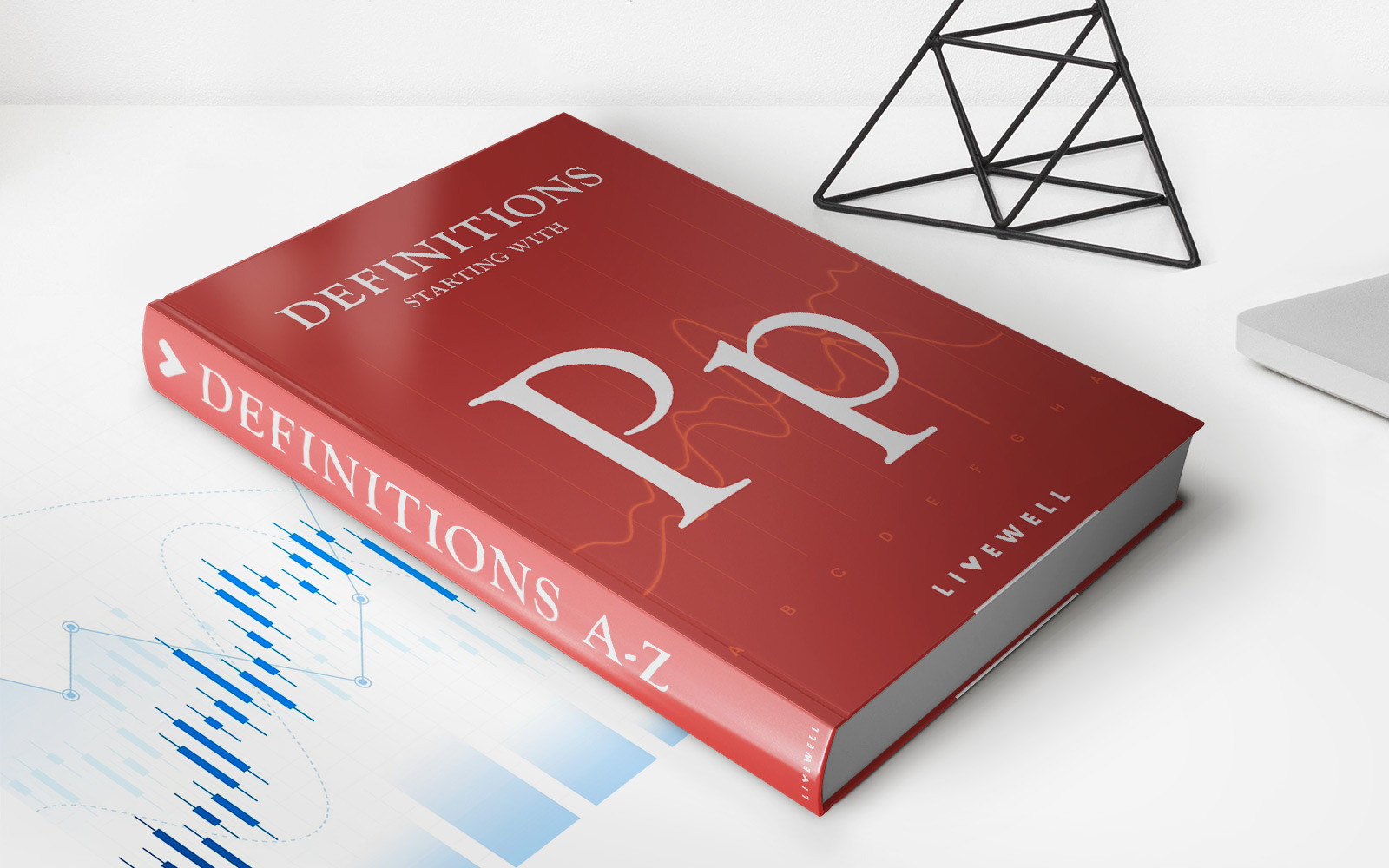Home>Finance>Implied Rate: Definition, Calculation With Formula, And Example


Finance
Implied Rate: Definition, Calculation With Formula, And Example
Published: December 7, 2023
Learn the definition, calculation formula, and example of implied rate in finance. Understand this important concept to make informed investment decisions.
(Many of the links in this article redirect to a specific reviewed product. Your purchase of these products through affiliate links helps to generate commission for LiveWell, at no extra cost. Learn more)
Understanding Implied Rate in Finance
When it comes to the world of finance, there are numerous concepts and calculations that can seem overwhelming at first glance. Implied rate is one such term that may leave you scratching your head. However, fear not! In this article, we will break down the definition of implied rate, explain how to calculate it using a formula, and provide you with a real-life example to help solidify your understanding.
Key Takeaways:
- Implied rate is a concept used in finance to calculate the interest rate that is “implied” or expected by the market.
- Calculating the implied rate requires knowledge of both the present value and future value of an investment or cash flow, along with the time period involved.
The Definition of Implied Rate
Simply put, the implied rate is the interest rate that is suggested or implied by the market. It represents the rate of return investors expect based on the current and future value of an investment or cash flow. Essentially, it helps investors gauge the attractiveness of an investment by comparing the potential return to other available options.
Calculating Implied Rate
In order to calculate the implied rate, you will need several pieces of information. The formula to calculate the implied rate is as follows:
Implied Rate = (Future Value / Present Value)^(1/Time Periods) – 1
Let’s break down the components of the formula:
- Future Value: This refers to the estimated value of the investment or cash flow in the future.
- Present Value: This represents the current value of the investment or cash flow.
- Time Periods: This is the duration between the present and future values of the investment or cash flow.
By plugging these values into the formula, you can determine the implied rate of return. It is worth noting that the implied rate is typically expressed as a percentage.
An Example of Implied Rate Calculation
Let’s consider an example to help illustrate the calculation of implied rate:
Imagine you invested $10,000 in a stock and expect it to be worth $12,500 in 3 years. Using the formula mentioned above, we can calculate the implied rate as follows:
Implied Rate = ($12,500 / $10,000)^(1/3) – 1
Solving this equation gives us an implied rate of 0.099, or 9.9%. This means that based on the current and future value of your investment, the implied rate of return is 9.9%.
Understanding and calculating the implied rate can be a valuable tool for investors. It allows them to make informed decisions when comparing different investment opportunities and assessing their potential returns. By using the formula and considering the relevant factors, investors can gain insight into the market’s implied expectations.
So, the next time you come across the term “implied rate” in the realm of finance, you can confidently delve into its meaning and even calculate it yourself!














